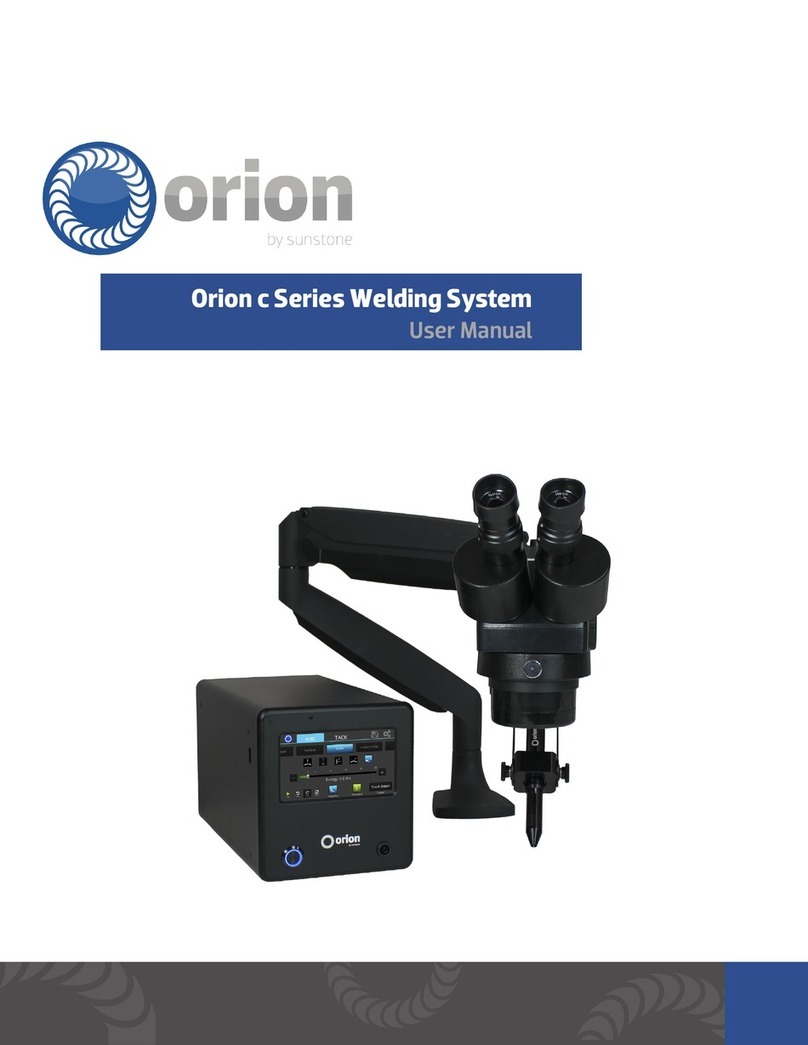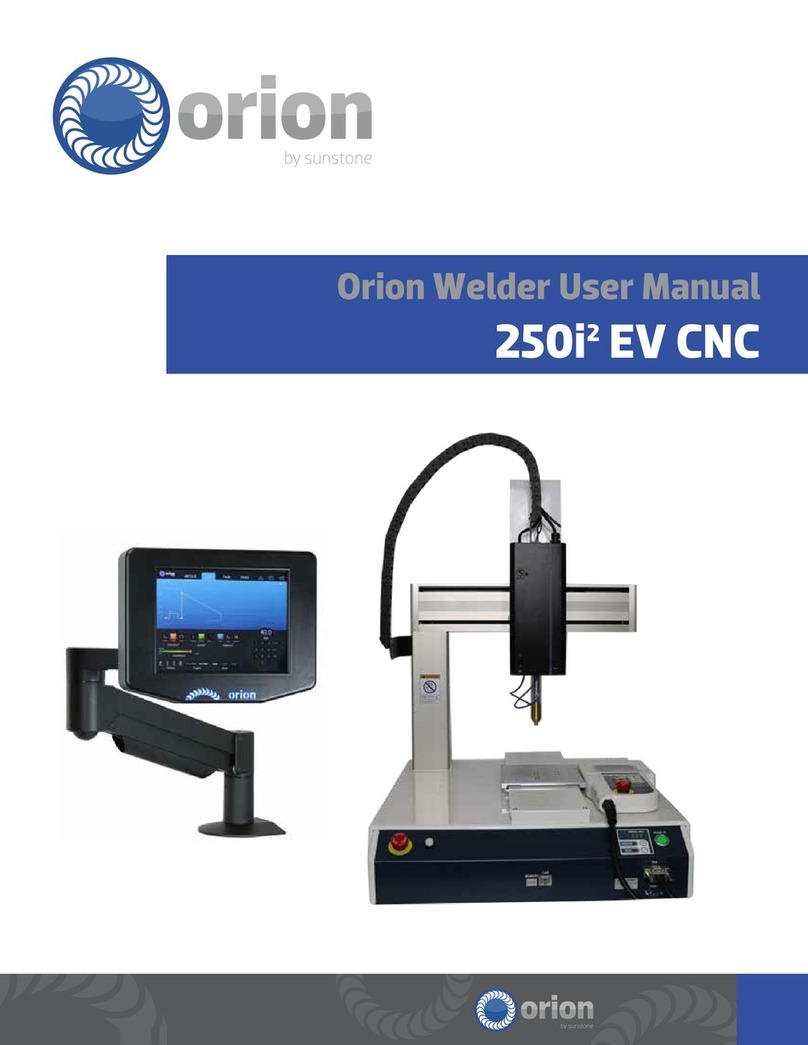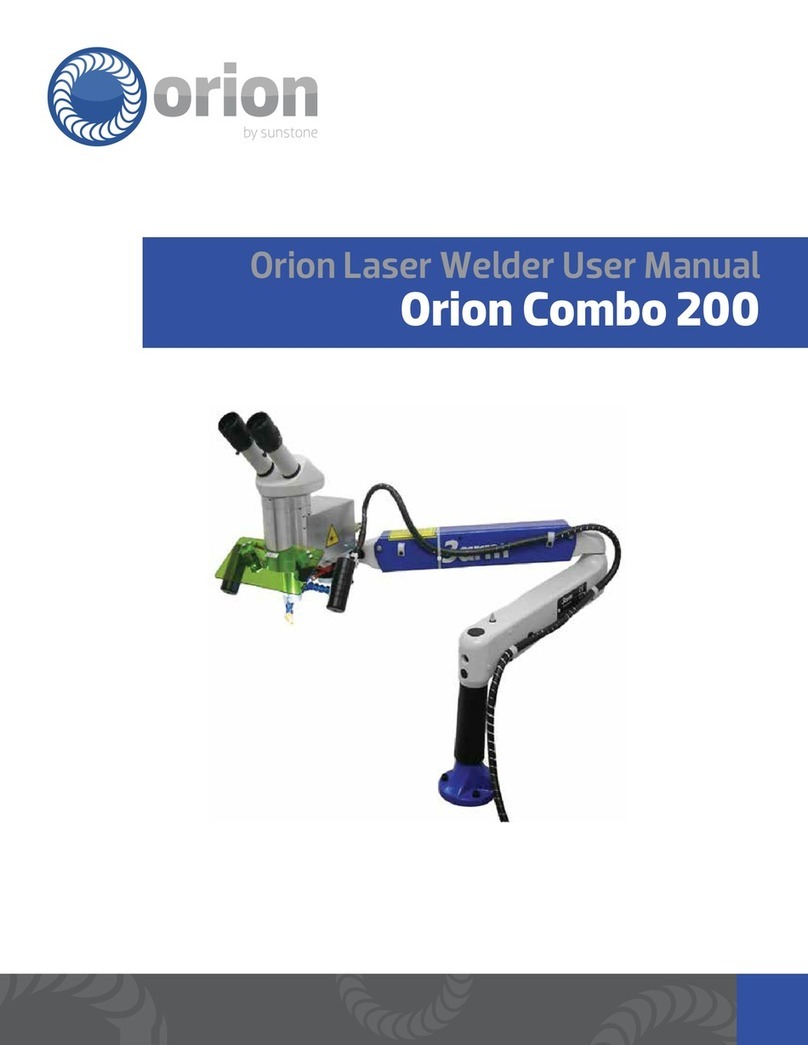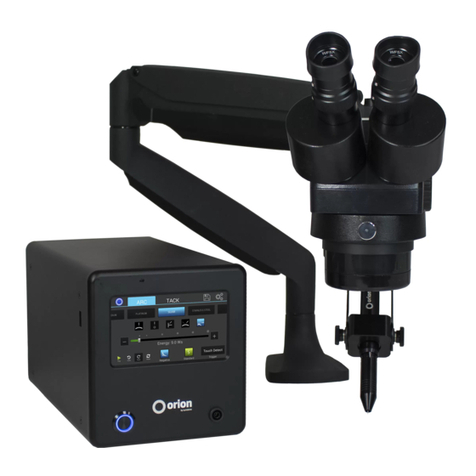
5
OrionWelders.com
413-5184, website:www.global.ihs.com).
OSHA, Occupational Safety and Health Standards for General Industry, Title 29, Code of Federal Regulations (CFR), Part
1910, Subpart Q, and Part 1926, Subpart J, from U.S. Government Printing Office, Superintendent of Documents, P.O. Box
371954, Pittsburgh, PA 5250-7954 (phone: 1-866-512-1800) (there are 10 Regional Offices—phone for Region 5, Chicago,
is 312-353-2220, website: www.osha.gov).
National Electrical Code, NFPA Standard 70, from National Fire Protection Association, P.O. Box 9101, Quincy, MA 02269-
9101 (phone: 617-770-3000, website: www.nfpa.org and www.sparky.org).
Canadian Electrical Code Part 1, CSA Standard C22.1, from Canadian Standards Association, Standards Sales, 5060
Mississauga, Ontario,
Canada L4W 5NS (phone: 800-463-6727 or in Toronto 416-747-4044, website: www.csa-international.org).
Safe Practice For Occupational And Educational Eye And Face Protection, ANSI Standard Z87.1, from American National
Standards Institute, 25 West 43rd Street, New York, NY 10036–8002 (phone: 212-642-4900, website: www.ansi.org).
CE TESTED AND CERTIFIED
Welder tested for electrostatic discharge immunity up to 2kV for CE compliance
Chapter 1: Pulse Arc Welding
Welding Basics
e Orion is a pulse-arc welder and a capacitive discharge resistance welder in one. is combination of abilities allows
for infinite creative possibilities. In its Resistance Welder Mode (Tack) the Orion can be used to temporarily position parts
before welding or soldering. By increasing the energy output in Tack Mode it can also be used as a permanent fusion welder
(resistance welder, spot welder). In its Pulse Arc Mode (Arc), the Orion can be used to perform permanent welds, add metal,
and do a variety of other time-saving metal fusing applications.
WHAT IS A PULSEARC WELDER?
A pulse-arc welder is a specialized type of a Tungsten Inert Gas (TIG) welder. In TIG welding, a sharpened tungsten
electrode is used in combination with electrical energy to start and sustain a high temperature plasma stream - an arc. is
plasma arc is used as a heat source to melt the workpiece metal. Filler metal can also be added to build up joints and create
strong and reliable weld “beads”, or weld seams.
TIG welders can use AC (alternating current) or DC (direct current) energy to initiate the pulse-arc-weld. e Orion uses
industrial capacitive discharge technology to produce the pulse-arc weld. Because AC wall voltage can vary up to 20%
during the day, capacitive welders have the advantage over AC technologies of precisely storing energy before the welding
process. is means that the Orion will produce a repeatable weld independent of AC power fluctuations.
PULSE ARC WELDING FUNDAMENTALS
Pulse Arc welding uses electrical energy to create a plasma discharge. e high temperature plasma in turn melts metal
in a small spot. is process takes place in milliseconds. e process is clean, and very controllable – perfect for intricate
and minute welding applications.
e Orion’s welding process:
1. e user touches the electrode to the surface with very
light pressure. 2. e Orion turns on the shielding gas (argon).
3. e Orion retracts the electrode and sends a burst of
electrical energy – forming a plasma arc. Please note that the
weld is only made after the electrode lifts from the workpiece surface – therefore it is important to use very light pressure.

































